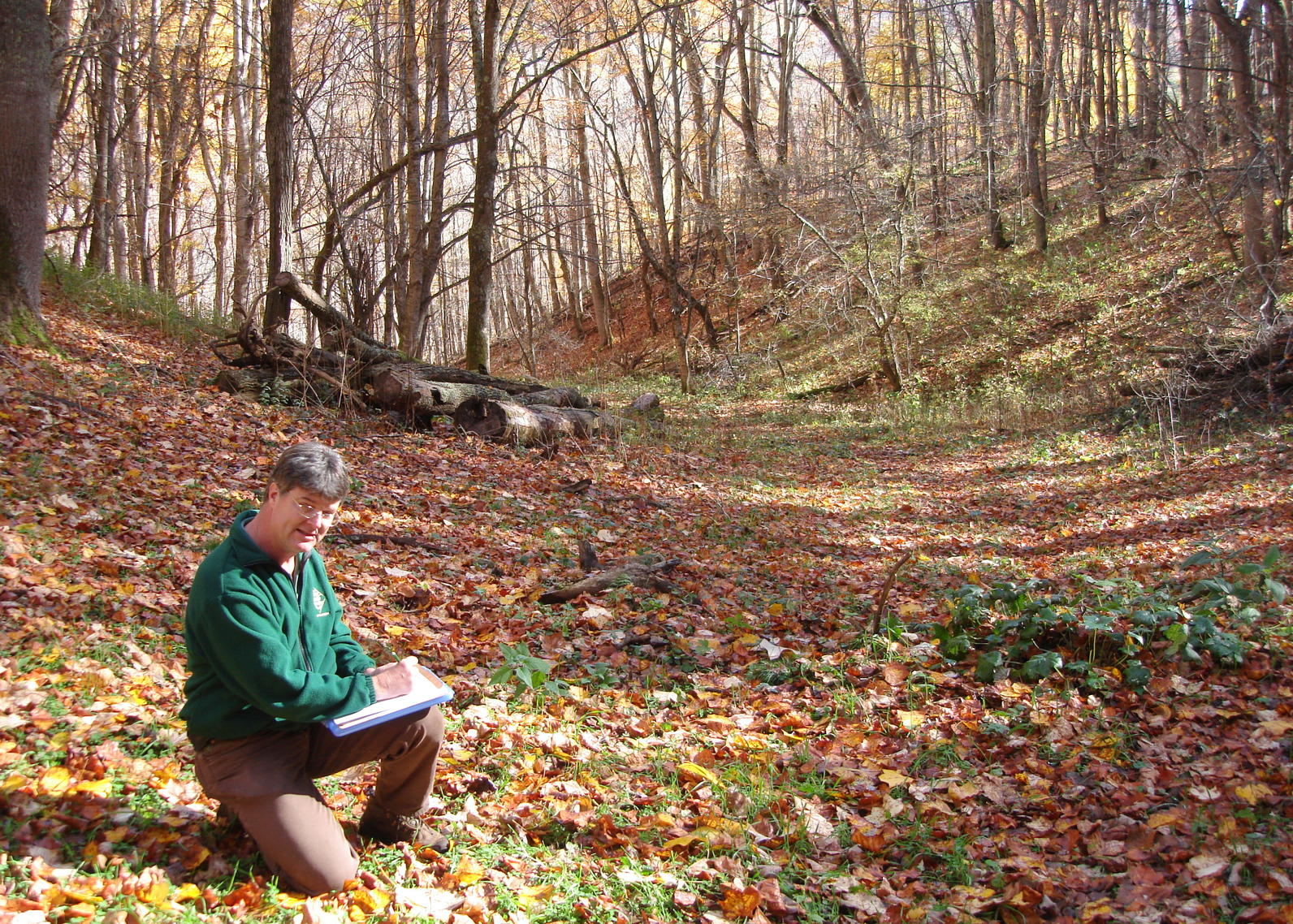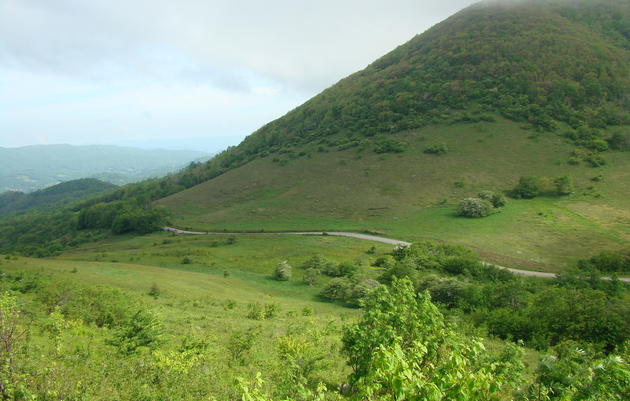Audubon North Carolina’s Putting Working Lands to Work for Birds and People program is supported by the efforts of dedicated volunteers engaging in citizen science and land management activities. One project in the program is to identify privately owned forest lands that can become habitat for the imperiled Golden-winged Warbler. Led by conservation biologist Aimee Tomcho, our volunteers help lay the groundwork for Audubon to identify and engage these landowners.
Read on to learn how Patrick Farrell's efforts help protect Golden-winged Warblers and their habitats in Western North Carolina.
What inspired you as a Technical Assistance Biologist to assist Audubon North Carolina in habitat restoration for the Golden-winged Warbler?
In the late 1990s, the Cornell School of Ornithology started the Golden-winged Warbler Atlas Project. I started volunteering and surveying for them, however, I have always liked birds and enjoyed seeing them since I was a child. I admired the different bird species and brilliant colors that they have.

Describe your role as a Technical Assistance Biologist working with Audubon. What have you accomplished to date?
We have been successful in maintaining and restoring some of the Golden-winged Warbler habitat in their range across the North Carolina mountains, and working with Audubon has helped tremendously with the outreach efforts, spreading the message about their needs and finding landowners willing to complete habitat work.
What is your favorite part about being a Technical Assistance Biologist?
I like meeting and helping people that have similar interests as I do for helping wildlife and restoring their habitat needs.
What can others do to help restore habitats for Golden-winged Warblers in your community?
Landowners that are within the Golden-winged Warbler’s elevation range can certainly cut their timberland to restore the habitat needed. Since this warbler is a shrubland species, removing 5-10 acres out of production to maintain the shrubland habitat can be done using mechanical methods, chemical methods, or both. There are also cost-share programs through the Natural Resources Conservation Service (NRCS) to restore habitat for the Golden-winged Warbler.
What is your advice for someone interested in volunteering with an Audubon program?
My advice to someone interested in getting involved is that this is a GREAT volunteer opportunity for someone who has a love for birds and wildlife, and has the time. You can accomplish so much for a very special bird like the Golden-winged Warbler.
Find out how Audubon is working with partner organizations like the NRCS and the Wildlife Resource Commission to enroll landowners in the program to restore Golden-winged Warbler habitats across Western North Carolina. Learn more about Audubon’s Putting Working Lands to Work for Birds and People Initiative.
Get involved with citizen science activities and volunteer your time to support Audubon’s Putting Working Lands to Work for Birds and People initiative and the efforts to restore Golden-winged Warbler habitats. Contact Aimee Tomcho to learn more.







